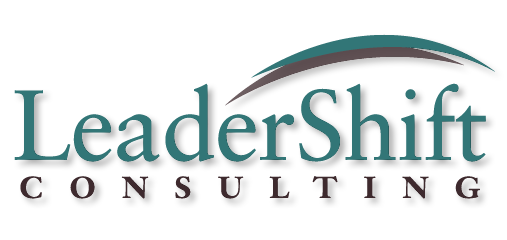#metoo: Coming To A Workplace Near You?
How surprised were you by the number of #metoo’s on your social media a few weeks ago? I found the magnitude of those affected by sexual misconduct absolutely breathtaking.
Behind every #metoo, there is the face of at least one aggressor. My own #metoo represents four different men over the course of my life whose sexual actions put me in direct harm or imminent threat of it. That doesn’t count the scores of men I’ve forgotten about whose comments or leers made me just garden-variety uncomfortable. I am not unique. Think of all the #metoo’s you experienced in your small world, and extrapolate that out. That’s a lot of harassed people. And for every one of them, there are one or more harassers.
Given the extent of sexual predation coming to light, it’s not a stretch to imagine that there are troubling sexual power dynamics in your world and workplace. I’ll bet that some of your coworkers are feeling (re)traumatized by what’s been in the news. Others may feel relieved. Some folks may be in denial, while others are hiding under their desks hoping they don’t get “the call.”
In a new way and with new urgency, people are questioning what conduct is OK and not OK. But I’m not sure I buy that question. It’s not that the lines of acceptable behavior have suddenly changed or blurred. What’s changing, I think, is that we’ve reached a tipping point in our tolerance for crossing those lines. The rules of physical engagement at work are, and always have been, pretty straightforward:
- Shaking hands is the language of physical connection in the western workplace. Stick with that.
- If it’s not your body, don’t touch it, comment on it, or share your fantasies about it.
- Don’t look at someone’s body like it’s your favorite meal.
- Don’t sexually touch or comment on your own body in front of someone else.
- Don’t make any career opportunity contingent on a sexual act. Don’t even insinuate it.
In this current tsunami of truth-telling, we realize that this is too big to be just an individual problem – it’s a cultural problem. Our society has a long-standing illness that has allowed and excused sexual misconduct by people (so far, mostly men) in power. It’s absolutely important to hold the individual perpetrators of sexual misconduct to account. At the same time, there is a larger conversation needed, in which we take a harder look at the cultural dynamics of power in this country.
This is a potent moment in which to examine how powerful people use sex, knowingly or unknowingly, to dominate others. If you want to investigate your own behavior in this realm, here are a few questions you might ponder:
- When have I said or done something of a sexual nature that could have made someone feel unsafe, insecure or devalued? What are the cultural beliefs I’ve inherited, such that that behavior seemed OK to me?
- Do I find myself levying criticisms or doubts about the women who are coming forward now? If so, what assumptions might I be holding about them?
- Have I ever tacitly allowed or condoned someone else’s inappropriate behavior?
- What is the most impactful action I can take now to stop sex from being used as an intimidating force in myself or my sphere?
- What am I willing to put at risk to do that?
Here also are some questions that leaders can use to engage their teams and organizations in self-reflection:
- What aspects of our culture, policies and practices might be giving people in our organization permission to wield sexual power over others?
- What aspects of our culture, policies and practices might be discouraging victims of sexual harassment from coming forward?
- What are some of the things we should be looking out for to indicate possible sexual harassment?
- What are the most powerful practical commitments we are willing to make as an organization to stop sex from being used as intimidation?
- What will we need to put at risk in order to carry out that commitment?
As unsettling a time as this is, it’s a time of clearer seeing. With truth comes the possibility of reconciliation, that we might create a more just and vital way of living and working together.
